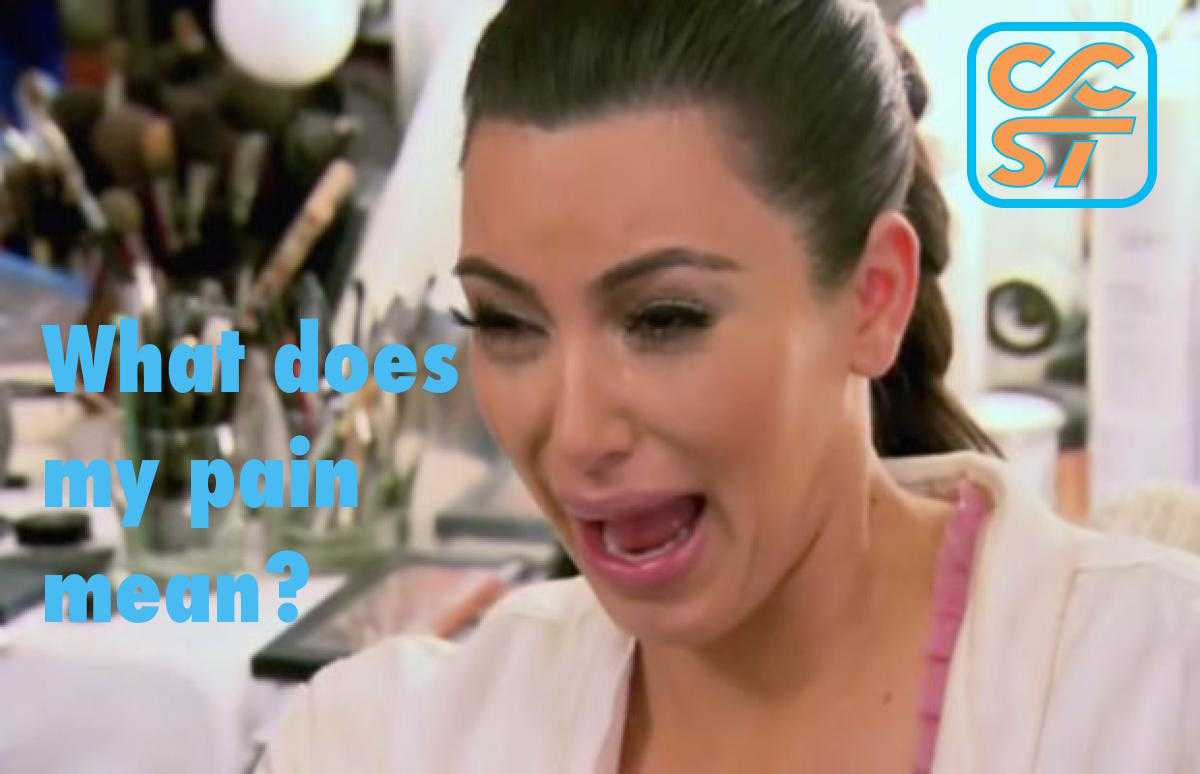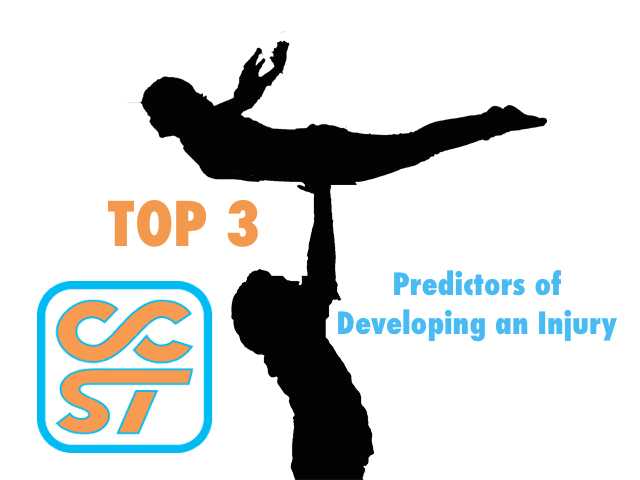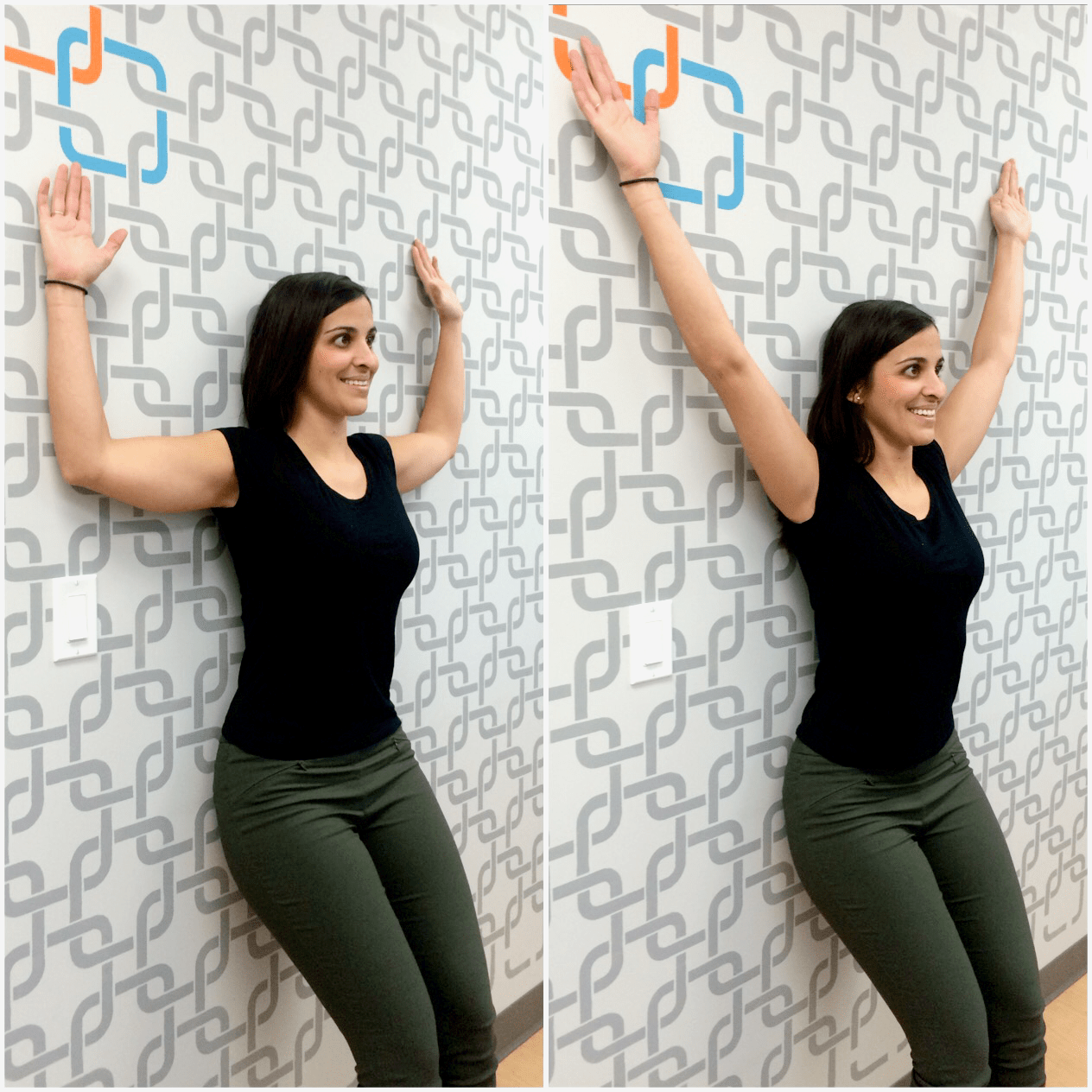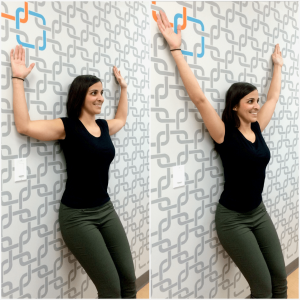10 steps to decrease your risk of getting sick during the COVID-19 crisis
It seems simple enough but there are actually important reasons, considerations and steps to follow when staying safe during the COVID-19 pandemic. For instance, did you know that hand washing has an equally important second step that must be followed? That the reason the common cold is so “common” is the same reason that COVID-19 spreads? That masks only protect you if you use them correctly? That one of the greatest vectors of infection follows you everywhere (hint: it’s your phone)?
These are just a few of the topics we will go over in the following post – but just for the record, the only real way of protecting yourself from contracting COVID-19 is complete social isolation (which is very unrealistic and impractical). Keep in mind that all of these suggestions are no different for any infectious illness.
Apologies for the length of this post but I have found some things need to be blatantly explained as WE CANNOT ASSUME some of the intricacies or reasons behind this stuff.
The below suggestions are ordered starting from the most significant steps of things you can do to stay safe and decrease your risk of contracting COVID-19:
- Hand Washing is king:
- This is considered the single most important infection prevention and control practice to break the chain of transmission of infectious disease (but this is because we touch our face so much – foreshadowing to the next suggestion).
- Soap (of any kind) and water is the gold standard of hand washing and must be done for a minimum of 20 seconds.
- Hand sanitizer is also acceptable but must have a minimum strength of 60% ethanol or isopropyl alcohol (but hand washing with soap is the superior and recommended method).
- This should be done when you enter a new environment (ie. someones house, a business) and again when you leave an environment (including before you leave your own house). Here is a helpful link with more information on how to wash your hands correctly.
- DO NOT touch your face:
- Hand washing is technically irrelevant if you touch your face. Your hands don’t make you sick – touching your face with contaminated hands is what makes you sick. This is likely how you contract the majority of all colds/flu you have ever had: hand-to-mouth transmission.
- It is estimated the average human being touches their face up to 23-times an hour. Therefore it is unrealistic to assume you will stop or even know you are doing so just make sure your hands are as clean as possible and try your best not to do it.
- This applies even more if you are wearing a mask (as the mask is likely moist and soiled from your own breath making it a great environment for virus and bacteria to transmit to you if you touch the mask).
- STAY HOME IF YOU ARE SICK:
- The main reasons why the common cold and flu are so prevalent is that as a social we have gotten used to still going out/working if we are sick.
- These common illnesses spread in the EXACT same way as COVID-19 – except COVID-19 is unique in that is far more dangerous (even fatal) and virulent (spreads even easier and faster via the same means as the common cold/flu).
- This apply even to a minor sore throat or running nose. STAY HOME FOR ANY AND ALL ILLNESS SIGNS OR SYMPTOMS.
- If people generally practiced this simple strategy alone it would significantly reduce how much everyone gets sick forever for all infectious illnesses that exist, period.
- Don’t be selfish and don’t be a hero. It is not worth potentially furthering and prolonging the COVID-19 crisis. Most illness will NOT be COVID-19 but should be treated as if they might be. Symptoms can be very mild in the majority of infected people and these people usually never know they have it because they do not get tested because they are not that sick.
- It is much more responsible and helpful if you just isolate when sick, instead of everyone isolating to prevent from getting sick.
- Social distancing (2-meters separation):
- Yes, this still applies as another significant reason viruses spread is by respiratory droplets – so keeping your distance helps a lot.
- Standing or talking closely to someone can allow those droplets to get on you or your belongings – when you then touch those belongings and then touch your face or direct contact from those droplets get on your face/hands you run the risk of getting sick.
- Stay 2 meters or more away from everyone who lives outside of your household.
- Droplets are invisible and you cannot feel them – so it is best to assume they are just there if you are too close.
- Masks don’t prevent you from getting sick:
- Masks do not protect you from getting sick from others – if anything they prevent others from getting sick from you.
- The purpose of masks is only to contain your own droplets from your own breathing and speech.
- Touching your mask once it is on is just like touching your face – viruses are really tiny and masks are porous in comparison.
- Once a mask is on, DO NOT touch it. If adjustments need to be made, make them by only touching the straps/ties – NEVER touch the actual mask once it is on.
- Removing the mask should be done when you are home or in a sterile environment by only touching the straps/ties of the mask. Immediately discard single use masks as they are not helpful after one completed use. Cloth masks must be washed with soap and water after every use.
- Wearing a mask incorrectly can confer a false sense of security if you do not use it properly.
- NEVER pull your mask down temporarily for any reason. Pulling it down then putting it back up is actually no different than just straight up touching your face – in fact it might be worse as your mask is likely wet from you own breath and makes your hands wet, which makes it easier for viruses and bacteria to stick onto your wet hands (and then you touch your face or mask with these wet hands). If you have to take your mask off, it is recommended you donn a new one on.
- It is recommended (not mandatory) that you use/wear a mask in situations where you will be interacting with people other than those in your own household (ie. grocery shopping, going to the bank, seeing your chiropractor). Here is a helpful link with more information about masking.
- CLEAN YOUR PHONE:
- The dirtiest thing you probably own is your cell phone. You are likely constantly touching it each day and not cleaning it.
- Using your non-cleaned cell phone defeats the purpose of washing your hands. Think about it: you are touching your cell phone all day so whatever is touching your hands is on your phone so if you wash your hands and then immediately touch your phone then your hands are dirty again. When was the last time you cleaned your phone? Have you done it ever? Studies show the majority of people have never properly cleaned their phone even once.
- If your phone is dirty and you use your phone for real phone calls, you are putting a dirty phone directly onto your face. Consider the speaker phone option if possible.
- Make sure you search and educate for yourself how to properly clean and disinfect your phone. I suggest you just google “how to clean my phone” and include the make and model of your specific phone. DO NOT spray or immerse or wipe your phone with any liquid until you know it is safe to do so.
- Do not blame me if you ruin your phone – it is your responsibility to understand how to do this without ruining your phone. There is a plethora of information easily available online about how to do this safely clean your phone.
- Same can be said about commonly touched items that leave the house with you (ie. keys, wallet/purse, car handle/steering wheel, etc) so wipe them down as well or ensure your hands are cleaned before you touch something new.
- Modify/limit your social interactions:
- You might feel safe to start seeing family or friends again but remember the threat of COVID-19 has not passed us – we are just opening businesses and trying to rebuild the economy. Do not let your guard down or think we are past this.
- Avoid any physical contact. As hard as it may be to avoid hugging, kissing, touching loved ones, it should be avoided until we are out of the pandemic stage of this crisis.
- Maintain social distancing when seeing friends or family (2 meters apart).
- If going to someone’s house/business, make sure you wash or sterilize your hands upon entry. Do the same when you leave.
- If someone is coming to your house/business, make sure you clean all surfaces you may use with that guest over.
- Reconsider how you interact with the eldery. The eldery are at a significantly higher risk than the rest of the population. Is it really worth exposing them to a possibly fatal illness during this exact moment? This same suggestion applies to smokers as COVID-19 affects them more significantly than the other populations of people. Again it is very hard to say do not see these people but waiting a little bit longer before we resume in-person interactions is probably a good idea in the short-term.
- Protect yourself first:
- You do not know what other people are doing or what their practices are, so it is best to assume they are not following proper practices and hygiene so it is your job to protect yourself by understanding proper procedures and etiquette to keep yourself safe.
- Politely educate your family and friends on how to stay safe as their behaviours may directly affect you – especially if you see them doing something that could be done in a more hygienic or considerate fashion.
- It is important to keep in mind this is new to all of us so do not judge anyone for not knowing or misunderstanding; have tolerance and patience for others as we all navigate this unfamiliar situation together.
- It is advised you abstain from educating strangers as this may result in unwanted and unnecessary conflict and confrontation.
- Gloves are not as helpful as you think:
- Consider gloves to be the same as your hands – whatever your hands would touch, your gloves touch. This means your gloves will be as “dirty” as your hands are so be careful what you touch when wearing gloves.
- DO NOT touch any of your personal items when using gloves as they confer a false sense of security that your hands are protected (which they are but contaminated gloves touching personal items just contaminate those items so later when your gloves are off and you touch those items with your hands you have defeated the purpose of wearing the gloves in the first place).
- Once you place a pair of gloves on (if you choose to use them) do not remove them until you are completely finished your purpose of wearing them and dispose of them immediately.
- You still need to wash/sanitize your hands after using gloves.
- Washing/sanitizing your hands often is more helpful and protective than wearing gloves.
- BE REALISTIC:
- You cannot really control whether you get sick or not. All you can do is be mindful and try your best to avoid situations or circumstances in which you can decrease your risk.
- Do not live in fear. It is hard to say that but life has to go on at some point, whether we agree with it or not. All you can do is control your own situation and put yourself in the best spot to decrease your own risk.
- Do not worry about what other people are doing – it will drive you mad. As mentioned above, protect yourself and try to avoid situations where you may have an increased risk or use some of the strategies mentioned above to lower your risk of infection.
Additionally, a healthy balanced diet and good cardiovascular health are exceptionally helpful as well as new studies are showing those with good cardiovascular health (people who exercise regularly) are less likely to become infected and those infected show less illness and recover significantly faster. I suppose I should have made this a list of 12 steps but we all know 10 is far catchier.
This is new and difficult for EVERYBODY, there is no “right” way and there is a lot to figure out when it comes to the “new normal.”
Hope you learned something new and that these tips help you in maintaining your health and those you care for.
Be safe, be patient, be tolerant and be kind,
Dr. Alim Kara BSc, DC
If you have any signs or symptoms of illness and believe you may have COVID-19 please use the Alberta Health Services Self Assessment Tool
***Disclaimer: These are 10 suggestions for decreasing your risk of infection only and will not completely prevent you from getting sick.





